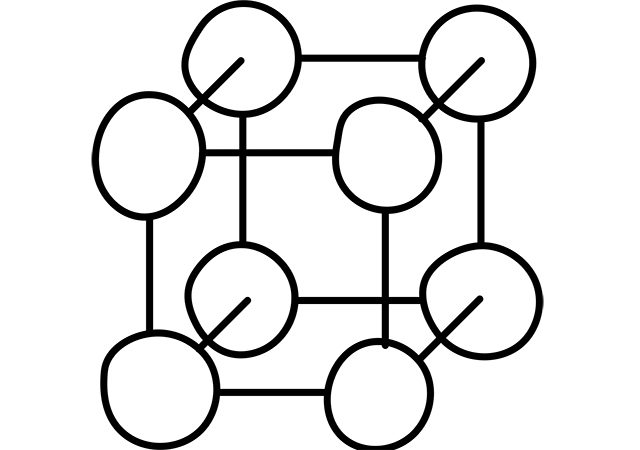Materials in electronics can be classified as electrotechnical, constructional and special. Electrotechnical materials are classified by four groups: Conductors Semiconductors Isolators Magnetic materials. Electrotechnical…
Category: Electronic Materials
Electronic Materials: Preface
Aim of the study element
To develop physical and engineering approaches to the electronic devices and materials that are used for design.
Learning outcome
Having successfully completed this element you will be able to:
- Know the properties of the most commonly used materials for electronic device design.
- Know the structure of materials used for electronic devices.
- Analyse and predict the behaviour of electronic components in a circuit.
- Make the proper choice of electronic component for your design.
- Make measurements of material characteristics for testing.
Covered topics
- Classification of electric materials.
- Types of chemical bonds.
- Structure of solids.
- Solid band theory.
- Processes in conductors and their properties.
- Classification of conductor materials.
- Processes in semiconductors and their properties.
- Classification of semiconductor materials.
- Processes in isolators and their properties.
- Classification of isolator materials.
- Processes in magnet materials and their properties.
- Classification of magnet materials.
Types of chemical bonding
The essential particles that construct all materials are electrons, neutrons and protons. Protons and neutrons form the atomic nucleus - electrons fill the atomic…
Crystal lattice and miller indices
This post is about structure of solid state materials, their properties and quantitative characteristics. Crystal lattice A crystal lattice is the basis of the…
Defects in solids
This post answers the question "What are defects in crystals?". There are no naturally occurring ideal crystals. Every solid compound has some deviation from…
Polymorphism
Polymorphism is the ability of solids to form more than one crystalline lattice, that is stable for different pressures and temperatures. These lattices are…
Energy band theory
Energy band theory is a basis for describing processes and effects in solid crystals under electromagnetic field impact. Energy band theory is a theory…
Conductors and their properties
Electric conductors can be solids, liquids and even gases. Solid conductors are metals, metal alloys and some carbon modifications. Metals are plastic compounds with…
Semiconductors and their properties
Semiconductors are a class of materials with electron conductivity. Their resistance value is between metal and insulator resistances at normal temperatures. The main feature…
Optical and photoelectrical properties of semiconductors
Light absorption When light penetrates the semiconductor, it starts the process of exchanging energy with crystalline lattice. Let us determine I as a light…
Thermoelectrical phenomena and Hall effect in semiconductors
For semiconductors, as for metals, there will be potential differences on the contacts with different temperatures, and an electrical current will occur between these…









